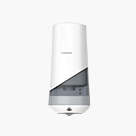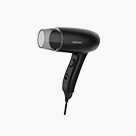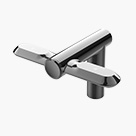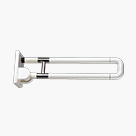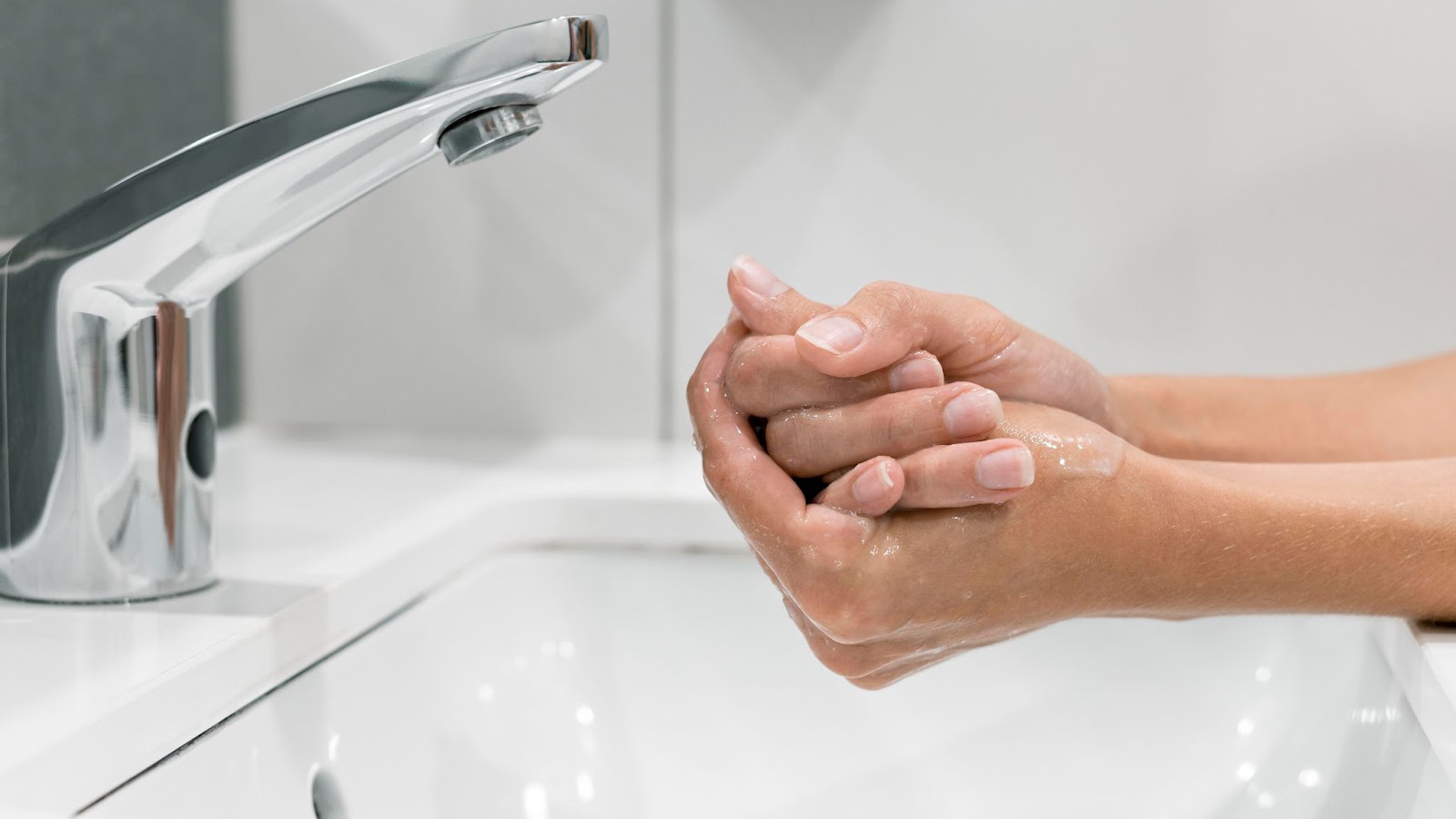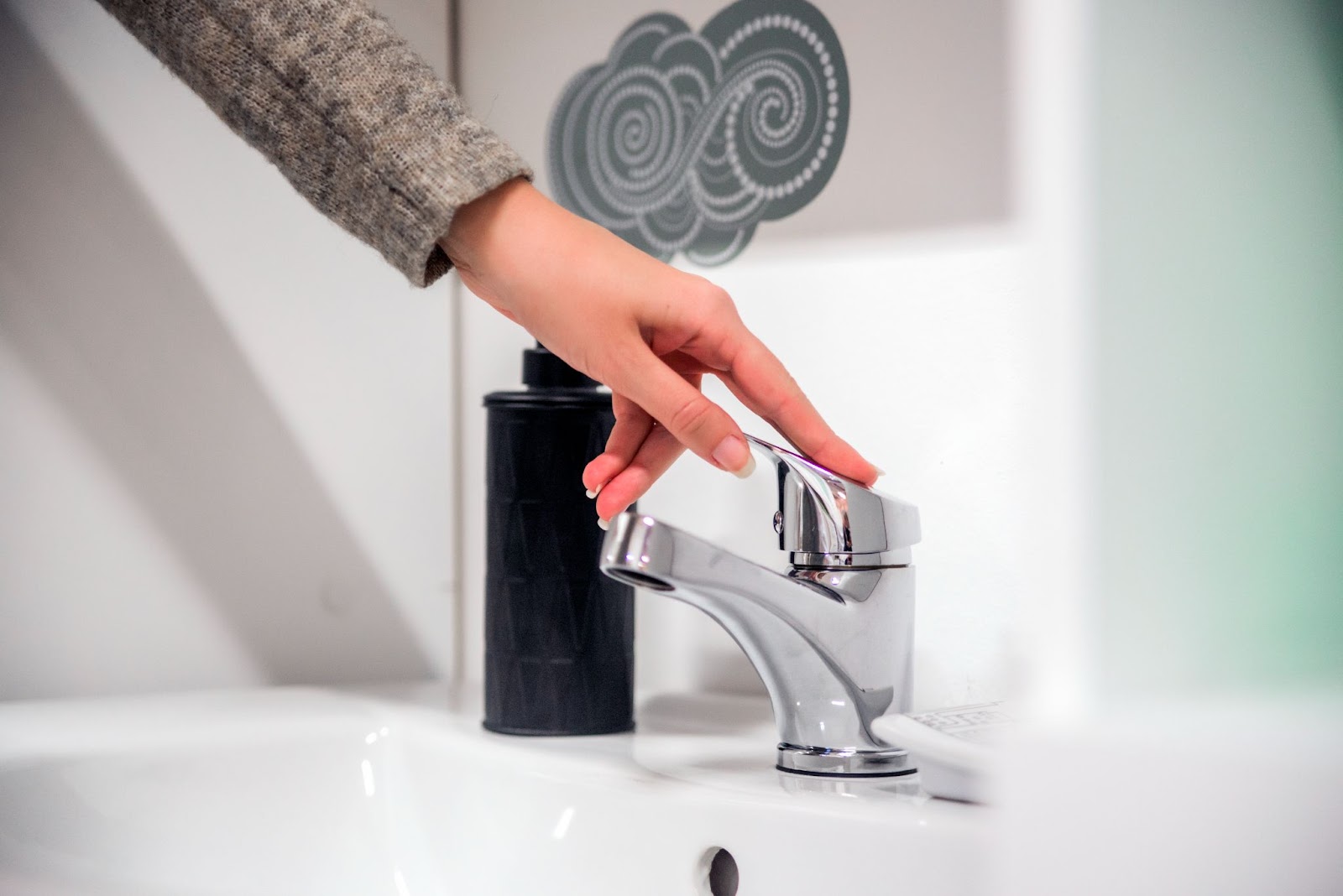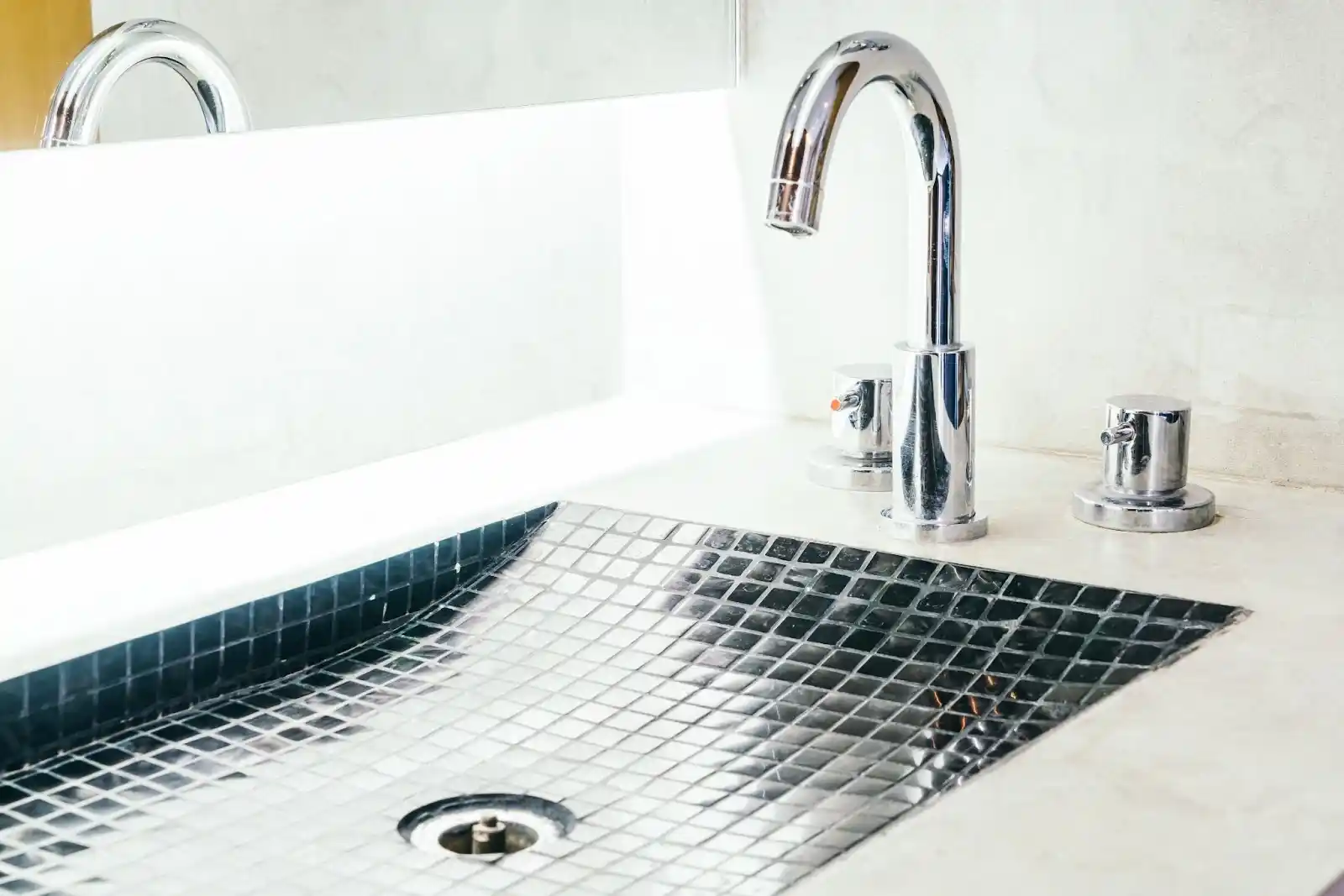Touchless faucets make life easier, but they can sometimes develop problems.
For example, your faucet might not turn on, have weak water flow, or keep running even when it shouldn’t.
When anything like this happens, don’t panic. There are steps you can take to troubleshoot and fix the issue before considering a replacement.
1. Check Standard Plumbing First
If your touchless faucet isn’t working, don’t jump to conclusions just yet. Sometimes, the issue isn’t with the electronics but with the water supply itself.
Start by removing the aerator and turning on the faucet. If water flows freely, the aerator was likely clogged with mineral deposits, which you can clear by soaking it in vinegar. If water still isn’t coming out, check that the supply valves under the sink are fully open.
A partially closed valve can make it seem like the faucet isn’t responding when, in reality, it’s just not getting enough water.
2. Check the Solenoid Valve Battery
A weak or dead battery is one of the most common reasons a touchless faucet stops working. If your model has an LED indicator, a blinking light usually means it’s time for a battery change.
Try replacing the batteries and ensuring they’re installed correctly. If your faucet is hardwired, check the power connection and make sure it’s secure. If the batteries are fine but the faucet still won’t turn on, the solenoid valve could be to blame
3. Clean the Infrared Motion Sensor
If your faucet isn’t responding, the sensor might be dirty.
Water spots, soap residue, or dust can block detection, making it seem like the faucet is broken.
Wipe the sensor with a soft, dry cloth to clear any buildup. Avoid abrasive cleaners, as they can scratch the surface and reduce sensitivity.
In some cases, the problem isn’t dirt but interference.
- Strong lighting can confuse the sensor, especially if sunlight hits it directly.
- Shiny surfaces near the faucet can reflect infrared signals, causing misfires.
- Objects blocking the sensor, like soap bottles or a backsplash, might prevent detection.
So if cleaning doesn’t help, check for these things and address them to fix your faucet.
4. Check the Waterproof Connector Cables
Touchless faucets rely on secure electrical connections. If a cable is loose, the faucet might stop working altogether.
Check the waterproof connectors that link the sensor, solenoid valve, and power supply. If a cable isn’t fully plugged in, reconnect it and test the faucet again.
Damaged wires can also cause problems. Frayed or broken cables may need to be replaced. If your faucet runs on an AC adapter, plug another device into the outlet to check if the power source is working. If it isn’t, switching to battery mode might be a temporary fix.
If the cables seem fine but the faucet is still unresponsive, the solenoid valve might be faulty.
5. What to Do When a Touchless Faucet Won’t Turn Off
If your faucet won’t stop running, the solenoid valve is probably stuck open.
This can happen due to debris buildup, a faulty sensor, or a weak power supply. Before assuming the valve is broken, try a few simple fixes.
- Turn off the water supply and remove the solenoid valve to check for dirt.
- Clean the valve to ensure nothing is preventing it from sealing properly.
- Check the sensor to make sure it isn’t continuously detecting motion.
Conclusion
These are some of the ways you can troubleshoot a touchless faucet.
But for most issues, DIY fixes might not be enough. Complex problems like faulty sensors or solenoid failures often require expert repairs or replacement parts.
If your faucet still isn’t working, we offer high-quality touchless faucets and replacement parts. Explore our collection here or contact us for any assistance.







